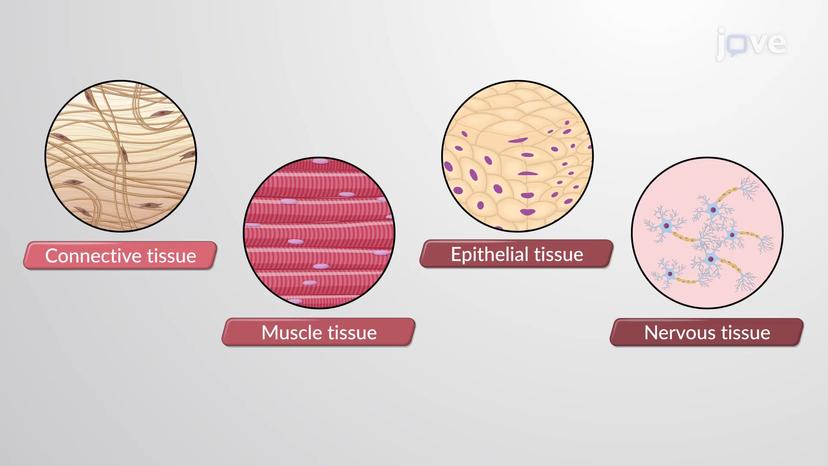Chapter 8
Tissues of the Human Body
Free Sample
Free access at this time

Free Sample
Free access at this time

Free Sample
Free access at this time

Free Sample
Free access at this time

Free Sample
Free access at this time

Free Sample
Free access at this time

Free Sample
Free access at this time

Free Sample
Free access at this time

Free Sample
Free access at this time

Free Sample
Free access at this time

Free Sample
Free access at this time

Free Sample
Free access at this time

Free Sample
Free access at this time

Free Sample
Free access at this time

Free Sample
Free access at this time

Free Sample
Free access at this time

Free Sample
Free access at this time

Free Sample
Free access at this time

Free Sample
Free access at this time

Free Sample
Free access at this time

Free Sample
Free access at this time

Free Sample
Free access at this time

Free Sample
Free access at this time

Free Sample
Free access at this time

Free Sample
Free access at this time

Free Sample
Free access at this time

Copyright © 2025 MyJoVE Corporation. All rights reserved